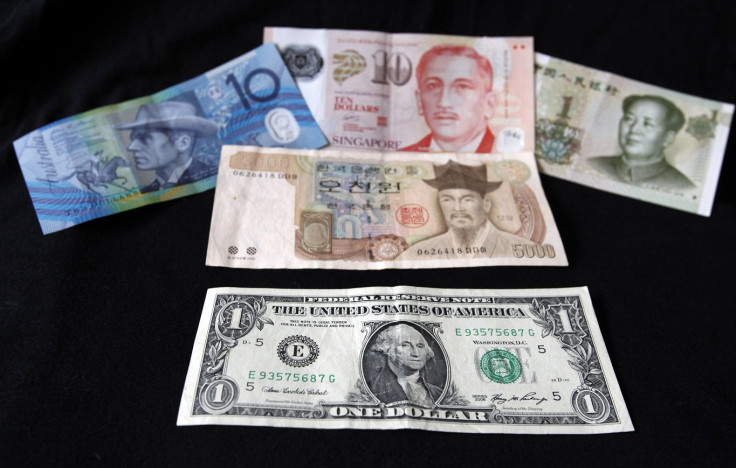Global Market Overview - July 31, 2015

Will the buy July spill over
Today will mark the first positive trading month since February for the ASX, with July on track to close just above its monthly average over the past four years (3.9%). The index has gained 4% over the past 30 days.
The ASX rebalance from April to June has created value. P/Es, yields and earnings expectations have been rebalanced as well, creating the entry points most investors had been waiting for.
So will the August earning season see the July buying spree spill over?
Themes of earning season
· The trading environment in the second half of the financial year was relatively unchanged compared to that of the first – even though it saw a 15% decline in the AUD and 50 basis points coming out of the official cash rate.
· Earnings estimates are pretty low; the ability to beat estimates at this earning seasons seem high as growth estimates have been cut to around 1% for domestically-facing firms. Australia’s GDP, although ‘below trend’, is on a run rate of 2.3%; companies should achieve a 1% growth rate. This does raises the question of whether Australia is following the US-style idea of underestimating earnings to appease corporates. I hope not.
· Gearing is getting lower and lower – this gives scope for spending initiatives into the future and will mean payout ratios are maintained in the short term. Expect further debt reductions in the reporting lines.
· CAPEX control will still be a central theme of FY15. However, the scale and scope of slashing CAPEX is diminished as it has been the theme of the past two seasons – there is a finite level here.
· Sectors where I suspect cost cutting will be the biggest theme are the energy, media and materials spaces.
· There is mispricing in the market (again). High-growth or highly defensive names have seen sustained buying in July and multiples return to February levels (pre-March reporting season). This adds a risk to the ASX and its ability to withstand misses or benign numbers, these firms appear to be priced to perfection (again).
· FY16 and FY17 estimates will be key to price support – signs of flattening future revenues or earnings will likely override positive FY15 numbers. The market is forward-looking.
· Sectors I suspect will see further growth in FY16 include healthcare, property and financials (ex-banking).
In short: the market does have a distinct feeling it bought the rumour in July and will possibly sell the facts in August. I see consolidation rather than a step selloff ahead.
Ahead of the weekend
Ahead of the open, the ASX is pointing up by 11 points to 5680. Japan, Hong Kong and Singapore are also likely to see positive starts to the last trading day of the month.
However, the risk for today’s trade is not in the intraday data or individual earnings; it’s investors positioning themselves for China’s official manufacturing data, which is released tomorrow .
Having seen a dramatic decline in the Caixin manufacturing read with the largest contraction read since last April, will state-owned enterprises follow suit? This question might see negative trading in the afternoon as investors close out positions to mitigate that possible risk.
EVAN LUCAS Market Strategist
[Kick off your trading day with our newsletter]
More from IBT Markets:
Follow us on Facebook
Follow us on Twitter
Subscribe to get this delivered to your inbox daily






